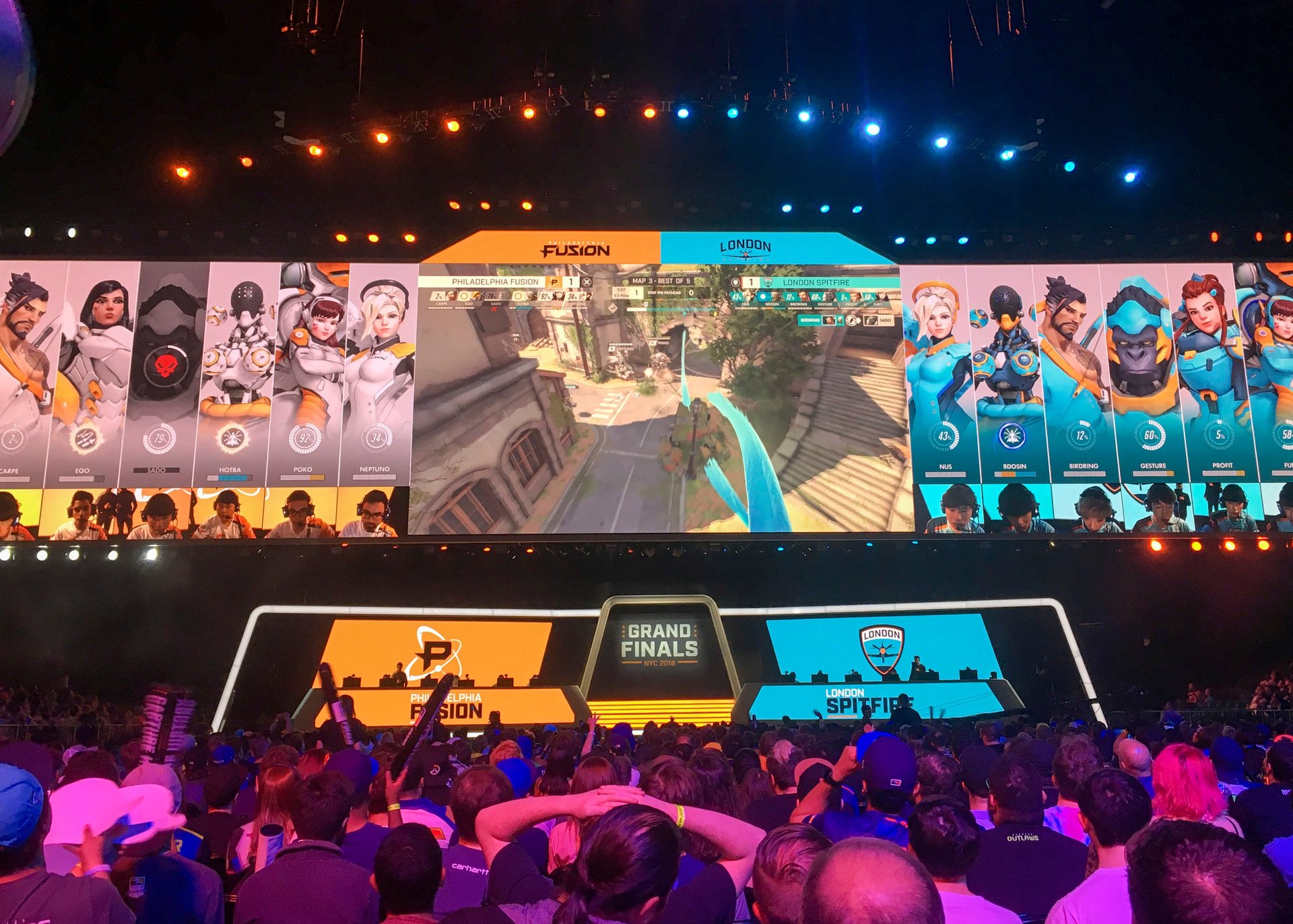The next generation of video games will use AI to personalize your experience
This story is part of What Happens Next, our complete guide to understanding the future. Read more predictions about the Future of Gaming.


This story is part of What Happens Next, our complete guide to understanding the future. Read more predictions about the Future of Gaming.
Video games are the great equalizer. No matter where you live and your level of experience, everyone plays the same product: A student in Barcelona and a salaryman in Japan see the exact same content and scenarios when playing Minecraft, and the same Fortnite gliders are available to a player in Seattle and another in Taipei. But the future of gaming lies in real-time personalization, driven by the very data we feed into the game.
The video game industry is playing catch-up to Big Tech when it comes to customization. Most companies already deliver a unique experience based on each user’s preferences: Google provides highly customized search results by collecting data on your searches, translations, and emails; Spotify creates individual playlists based on what you’ve been listening to; and Netflix and Amazon present you with shows and movies you’re likely to find interesting based on what you’ve viewed in the past.
Such a high level of personalization can only be achieved thanks to the vast amounts of data we generate—and video games are among the best datasets available. Every single in-game action, click, social interaction, ad view, dynamic progression, and purchase is recorded and stored in a database. Because of the constant and continued relationship between player and game, we can gather a unique sample of information on each player’s behavior over time.
What else can we do with this data? Games contain complex, interesting problems. Scientists are developing sophisticated, machine-learning models that can explore not only social and consumer dynamics, but also addictions, strategic thinking, and motivations. Game data emerges as an ideal testing ground to study different aspects of user personalities. For example, war games can clearly reflect strategic thinking and decision-making processes; their datasets are already being used by armies for military training and recruitment.
Using this data, we are about to witness the emergence of a new generation of video games that cater to individual users. The content of these games will be automatically generated and customized to fit each player’s personality and individual playstyle: Someone who likes a challenge will find it more difficult to advance to the next stage, whereas a player who prefers easy levels and rewards will find the game automatically adapted in that direction. Highly sophisticated games—such as role-playing games—will allow players to express nuanced emotions through their in-game actions.
Predictive models will automatically select the best partner to play a cooperative game with, depending on your preferences. Who should you compete against in Mario Kart? Which clan is your best opponent in Clash of Clans? Machine learning may help you make the optimal choice to maximize the fun.
Such personalization could also help to attract, engage, and retain what the industry calls “whales”—those top spenders who generate up to 50% of a title’s revenue while representing just 1% to 2% of all players. Whales can spend up to $1,000 a day making in-app purchases, and their total expenditure in a single title can reach half a million dollars. It is not uncommon that a top whale can be connected for 12 to 16 hours a day.
Most AI-based improvements will make life better for all gamers, not just power gamers. For example, in Pokémon Go, the distance you walk could be decided by your fitness levels and real-time weather conditions. It can also give you the rewards you most desire. In many Japanese games, you can buy so-called gachas, which are random items or characters, named after the vending machines that sell toy capsules throughout Japan. These purchases could also be adjusted to your interests—for instance, to increase the odds of getting a certain rare monster you like.
This hyper-personalization may also have its downsides. On the one hand, it will make games more fun by adjusting them to the taste of each player. But this also means that users will likely play more and more and spend more and more money. While this is desirable for the gaming companies, it could lead some players developing addictive behaviors.
However, psychologists and sociologists could use the rich game datasets at their disposal to explore and recognize addictive pathological patterns. These studies may guide authorities in introducing suitable regulations to protect players. For instance, in Japan, the gacha mechanism is regulated due to its close relationship with gambling. Clearly, a higher level of personalization will require more specific regulations.
Data-driven personalization will completely reshape the virtual world. In fact, there will no longer be a virtual world, but many of them—tailored to meet the needs and expectations of each and every player.
This story is part of What Happens Next, our complete guide to understanding the future. Read more predictions about the Future of Gaming.